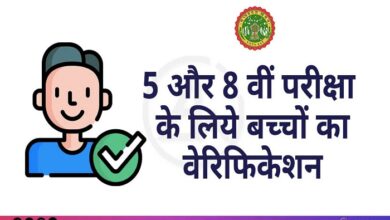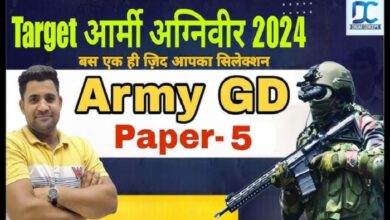Exploring India: Answering 50 Questions About the Vibrant Nation

Introduction:
India, a land of myriad cultures, languages, and landscapes, often evokes curiosity and fascination among people worldwide. In this blog post, we’ll embark on a journey through 50 questions about India, exploring its history, culture, traditions, and modern-day developments. Whether you’re planning a trip, studying its heritage, or simply intrigued by this vast nation, these answers will shed light on various facets of India’s identity.
Read more about gear5luffy
Geography and Landscapes:
India’s geography encompasses a wide array of landscapes, from the towering Himalayas in the north to the lush backwaters of Kerala in the south. What are the major geographical features of India, and how do they influence the country’s climate and biodiversity?
History and Civilization:
India boasts a rich history dating back thousands of years, with ancient civilizations like the Indus Valley contributing to its cultural heritage. What are the key milestones in India’s history, and how have they shaped the nation’s identity?
Cultural Diversity:
India is renowned for its cultural diversity, with various regions celebrating distinct festivals, cuisines, and traditions. How does India’s cultural mosaic reflect its unity in diversity, and what are some iconic cultural practices unique to different states?
Read more about toonstream
Religion and Spirituality:
Religion plays a significant role in the lives of millions of Indians, with Hinduism, Islam, Christianity, Sikhism, Buddhism, and Jainism being the major faiths practiced in the country. How do these religions coexist harmoniously, and what are the sacred sites revered by followers?
Languages and Linguistic Diversity:
India is a linguistic kaleidoscope, with over 1,600 languages and dialects spoken across the nation. How are languages classified in India, and what efforts are made to preserve linguistic diversity in a multilingual society?
Economy and Development:
India’s economy is one of the fastest-growing in the world, fueled by diverse sectors such as IT, agriculture, manufacturing, and services. What are the key drivers of India’s economic growth, and what challenges does the country face in achieving sustainable development?
Politics and Governance:
As the world’s largest democracy, India’s political landscape is dynamic and complex, with a federal system of government comprising multiple states and union territories. How does India’s parliamentary democracy function, and what are the major political parties shaping the nation’s governance?
Arts and Entertainment:
India has a rich artistic heritage encompassing classical dance forms, traditional music, cinema, literature, and visual arts. Who are some iconic figures in India’s artistic realm, and how do they contribute to the country’s cultural legacy?
Science and Innovation:
India has made significant strides in science and technology, with achievements ranging from space exploration to medical breakthroughs. What are some notable contributions of Indian scientists and innovators to the global community, and how is India fostering a culture of innovation?
Tourism and Travel:
India’s diverse attractions, including UNESCO World Heritage Sites, scenic landscapes, and vibrant cities, make it a top destination for travelers worldwide. What are the must-visit places in India, and how does tourism contribute to the country’s economy and cultural exchange?
Conclusion:
India, with its kaleidoscopic diversity and rich heritage, continues to captivate the imagination of people around the world. Through these 50 questions and answers, we’ve only scratched the surface of India’s multifaceted identity. Whether you’re drawn to its ancient history, vibrant culture, or dynamic modernity, India offers a tapestry of experiences waiting to be explored.
FAQs:
1. Is India a safe destination for travelers?
India is generally safe for tourists, but like any other destination, it’s essential to take precautions and be aware of your surroundings, especially in crowded areas and tourist spots.
2. What is the best time to visit India?
The best time to visit India depends on the region you plan to explore and your preferences regarding weather and festivals. Generally, the winter months (October to March) are ideal for most parts of the country.
3. How can I experience India’s diverse cuisine?
To experience India’s culinary diversity, venture beyond popular dishes like curry and try regional specialties such as dosa from South India, chaat from North India, and seafood delicacies from the coastal regions.
4. What are some cultural etiquettes to follow in India?
Respect for elders, modest attire in religious sites, and removing shoes before entering homes or temples are some cultural etiquettes to observe in India. It’s also customary to greet others with a respectful gesture, such as a namaste.
5. How can I contribute to sustainable tourism in India?
To contribute to sustainable tourism in India, support local businesses, respect the environment, and engage in responsible travel practices such as minimizing plastic usage, conserving water, and respecting wildlife sanctuaries and natural habitats.





